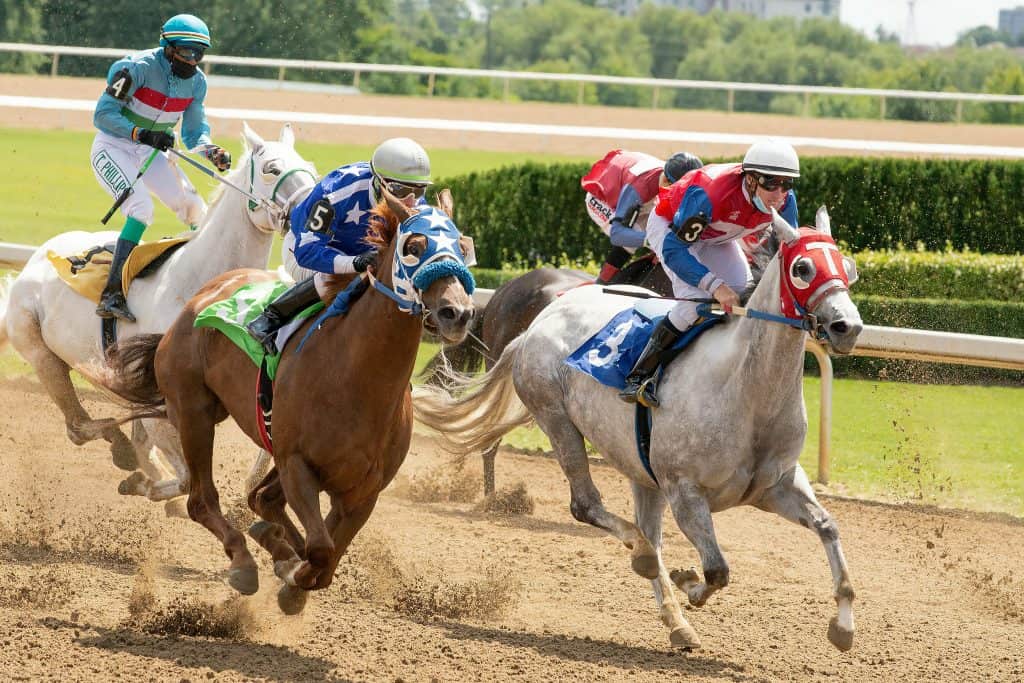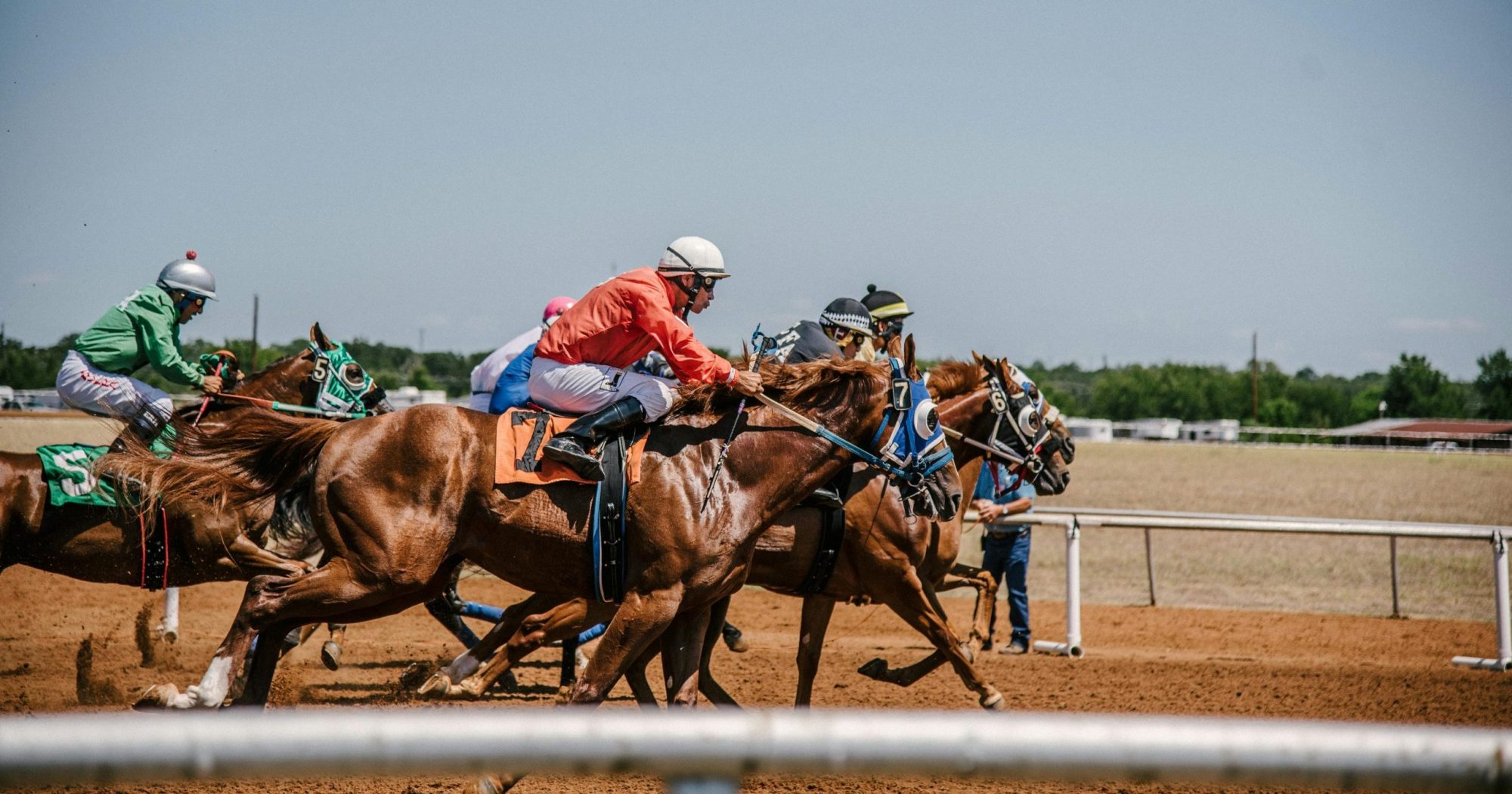Each way is a type of horse race betting that can help you maximize your profits. With a few tweaks in your strategy, you can win even if the horse on which you bet doesn’t win the particular race. In this article, we tell you how exactly this strategy works, and how to use it, with real examples.
What Does Each Way Betting Mean?
An each-way bet is two bets in one, as you are placing one bet on your selection to win and another on your selection to place.
The first bet is made on the chance of a horse winning the race, while the second bet is made on the horse’s expected position at the finish line. This is called “place”.
The place refers to the horse you bet on finishing in one of the top positions. The specific number of top positions depends on the type of race, which we explain below.
7bet offers bettors various markets to bet on horse racing. From the Grand National to Royal Ascot, you can find the best odds on horse racing in the UK and internationally. Bet on Horse Racing Here.
How Does Each Way Betting Work?
As explained, an each-way bet contains two components: win and place. The win part is very simple, you make a bet on the horse of your choice. If the horse wins, you make a profit, and if it doesn’t, you lose your bet.
However, the place part is a bit more complicated. It depends on the number of runners in a particular race. It also depends on the terms and conditions offered by the bookmaker. In order to understand “how does each way betting work?”, you need to know that majorly there are two types of races: graded and handicap races.
In the case of graded races, if there are two to four runners, you can only make a win bet, and the option of place bet is not available. In the case of five to seven runners, you can make the win bet along with a bet on the top two places. In races with eight or more runners, you can bet on three places along with betting on the winner.
A significant difference between graded and handicap races is that there can be 16 or more runners in a handicap race. The number of win and place bets usually remains the same in the case of handicap races as the graded races.
However, in the case of 16 or more runners, the bookmaker might make an extra place offer. In that case, you will have the option to put down a win bet and a place bet on four places, instead of three.
In races with large numbers of horses, the bookmakers might even offer to play five places on a race as well. This means you can bet on a horse to finish in the first five places.
Understanding Place Terms and Non-Runners
As you dive deep into each way horse racing, you will realize there is more to explore. You would have understood that you either win or lose in case of the win part of the each-way betting.
Now, we tell you how to understand and calculate the return from place betting.
Place terms are basically the odds that you get for place betting in horse racing. Place terms are decided by the number of horses that take part in a race. The fewer the horses, the higher their chance of finishing in the top places and vice-versa.
The place terms can range from 1/3 to 1/6. In order to understand your winning amount, you need to divide the win part by the place terms. For example: in case the place terms are 1/4, and the odds are 4/1. The odds will be 1/4th of 4/1, which is 1/1. It means you will get the same amount of return that you made a bet with.
The most common place terms are 1/5. Here are the typical place terms for different race sizes:
- 5–7 runners: 1/4 odds
- 8–15 runners: 1/5 odds
- 16+ runners: 1/4 odds
The exact place terms depend on the bookmaker; hence, you should always check the terms before choosing each-way betting.
The place terms can change drastically when a non-runner is introduced into the equation. “Non-runners” are horses that are withdrawn before the race starts. This happens when a horse is injured or over-tired. So how does this affect the place betting? Let’s say you are making a bet on a race having eight runners. You’ll be given 3 place bets. However, if there is a non-runner, the number of place bets would drop to two.

Real Example of Each Way Betting
Suppose you make a £10 each-way bet at 5/1 odds and another £10 on 1/4 place terms. Now the horse can either win or lose the race.
In case the horse wins the race, the win part of your bet would return £60 (£10 stake * 5 (odds) + £10 original stake). The place part of the bet would return £22.50 (£10 stake * (5/1 odds * 0.25) + £10 original stake). So, the total return would be £82.50, and the total profit would be £62.50 (after subtracting your betting amount).
In case the horse loses but places in the top three, you would just get the place bet return which is £22.50. In this case, the total profit would drop to £2.50.
In case both conditions are not met, you will lose the entire £20 bet. In the case of a non-runner, the entire amount of £20 would be refunded.
Note: In case your horse is a non-runner, your betting amount will be refunded.
When To Not Bet Each Way
As we mentioned above, you won’t be able to make an each-way bet when there are less than five runners in a race. However, we suggest refraining from each way betting in a race having up to seven horses as there are only two places on offer.
Also, you should avoid betting in case the odds are low. The odds, like 6/4 or 1/2, often provide a very marginal return.
The best way to find better deals for yourself is by checking the place market on Betfair Exchange. The entire process on Betfair Exchange is pretty simple and easy. It will likely help you spot poor each-way bet prices and find each-way betting deals that can generate good profit.
FAQs
How many places pay each way?
The number of places paid depends on the number of horses that take part in a race. There are no places paid in case there are four or fewer horses. In the case of five to seven horses, the minimum number of places paid is two. In races having eight to 15 horses, the minimum number of places paid increases to three. The number increases to a minimum of four in case there are 16 or more horses in a race.
Is each way betting worth it?
Each way betting is a good strategy to maximize the winnings. However, players need to analyse whether an each-way bet is valuable for a particular race. Each way betting in races with seven or fewer horses may not yield good returns.
How do each way bets pay out?
The winning amount depends on the combination of wins and place bets. In case the horse wins, you get the winning amount and place dividend. In case the horse finishes in second or third place, you only get the place dividend.
Betting is only available to participants above 18 years. Please bet responsibly. BeGambleAware.org



